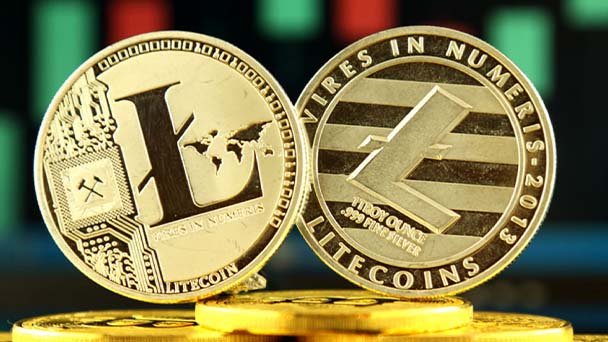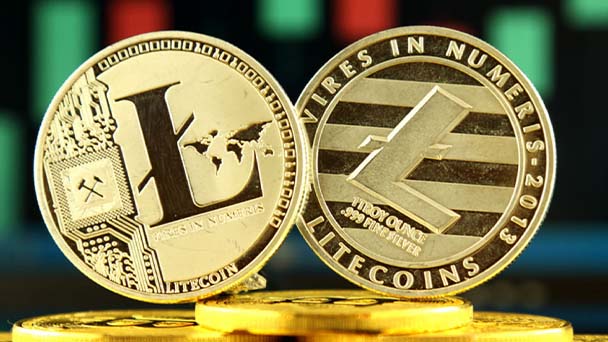Recent data from the cryptocurrency analytics firm Santiment pointed to the whales quietly accumulating Litecoin (LTC) for the past 15 weeks, despite the cryptocurrency markets witnessing a slowdown. These addresses have been holding anywhere between 10,000 to 1 million LTC, making up to 5% of their total holdings, anticipating LTC’s upward movement against BTC. In this article, we explore the world of LTC and what made it an early fan favorite as the number two to Bitcoin.
Table of Contents
Litecoin: Introduction
LTC had been amongst the top five cryptocurrencies until 2017, when LTC’s founder Charlie Lee publicly declared that he had sold all his LTC holdings to focus better on its development objectively. LTC prices plummeted subsequently. This 15-week accumulation by the big whales has been the largest since the 2017 dumping and has been generating quite a stir.
Litecoin was designed as a cryptocurrency based on the Bitcoin protocol to enable peer-to-peer value exchange at affordable costs. Also known as Bitcoin Lite, Litecoin aims to provide better utilities than the flagship cryptocurrency in terms of faster, more secure and more economical transactions. It is one of the oldest crypto projects and still accords a huge community following in the crypto world. Naturally it offers key benefits as compared to Bitcoin in several aspects, including:
Hard Cap: LTC’s total supply is hard-capped at 84 million – 4x of Bitcoin’s 21 million total supply.
Block Transaction Time: It has a block transaction time of 2.5 minutes, faster than Bitcoin’s 10 minutes.
Lightning Network: It also employed the Lightning Network upgrade before Bitcoin. Lightning Network is an integrated layer-2 scaling solution.
The coin was released on GitHub by its founder in October 2011, just two years after Bitcoin’s genesis block was mined. Charlie Lee is a well-known computer scientist who first worked at Google and later as the director of engineering at Coinbase.

LTC Coin: Fundamentals
LTC network operates on the PoW consensus, and just like Bitcoin, each LTC is mined and gets added to the circulating supply. Currently, 69.4 million LTC had been mined out of the total supply of 84 million.
Like Bitcoin, Litecoin undergoes halving after every 840,000 blocks are mined (nearly every four years). The LTC network has undergone two halvings in 2015 and 2019. The block reward for mining one LTC block is currently 12.5 LTC. The next halving will occur in 2023.
LTC is currently ranked among top 25 cryptocurrencies by market capitalization.
Short Term Technical Analysis
A single LTC coin price is trading $152 today, post a rise of 5% from the previous day. Post a 30% correction since December, LTC has now rallied back up to form a cup and handle pattern – a bullish pattern that should send it past $170 should it play out.
Future Potential
LTC is one of the most widely accepted cryptocurrencies, and over 2,000 e-commerce stores and merchants accept LTC as of August 2021. With negligible transaction fees and faster transaction throughput, LTC is truly a cost-effective and faster payment solution than many other cryptocurrency networks, especially in developing countries.
LTC’s MimbleWimble testnet that was released in late 2020 to test MimbleWimble-based confidential transactions on LTC’s network is another feather in its hat. Once the upgrade is live, the LTC users will benefit from enhanced privacy and fungibility. The currency holds huge potential as an economical P2P payment solution, and with the renewed interest in LTC’s worth, the coin may soar to new heights soon.

